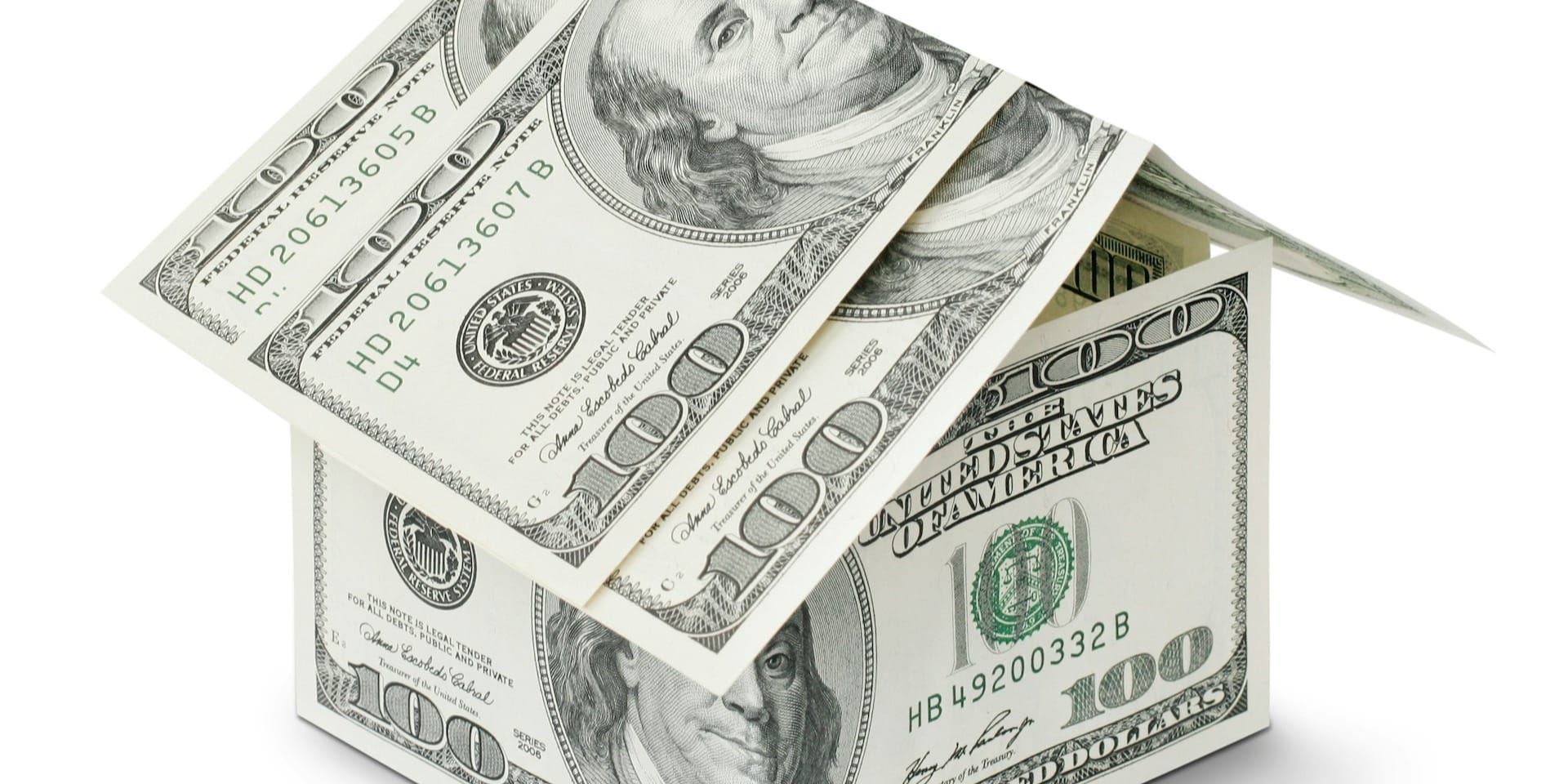
This includes optimizing your emergency fund, balancing mortgage payments with investments, and maximizing contributions to tax-advantaged accounts, all of which play essential roles in building stability and wealth during this critical decade.
Emergency Fund Optimization Strategies
Building and optimizing an emergency fund is a crucial aspect of financial planning in your 40s. A well-structured emergency fund can provide a safety net against unexpected expenses and financial setbacks, contributing to overall financial stability.

To start, determine your emergency fund goal. Most financial experts recommend saving three to six months' worth of essential living expenses. Calculate your monthly costs for necessities such as rent or mortgage, utilities, groceries, and transportation, then multiply this figure by your target number of months.
Creating a separate savings account dedicated to your emergency fund is essential. This separation helps prevent the temptation to use the funds for non-emergencies and allows you to track your progress more easily. Look for a high-yield savings account that offers competitive interest rates to maximize growth while maintaining accessibility.
Automating your savings is a powerful strategy for consistently building your emergency fund. Set up recurring transfers from your checking account to your emergency savings account, treating it like a monthly bill. This "set it and forget it" approach ensures regular contributions without requiring constant attention.
To accelerate your emergency fund growth, consider these strategies:
- Start small and build momentum: If saving several months' expenses seems daunting, begin with a smaller, achievable goal. This can help you feel more in control and motivated to save more.
- Cut unnecessary expenses: Review your budget to identify areas where you can reduce spending and redirect those savings to your emergency fund until you reach your goal.
- Allocate windfalls and bonuses: When you receive unexpected income, such as tax refunds or work bonuses, consider directing a portion or all of it to your emergency fund.
- Protect against inflation: As the cost of living increases, adjust your emergency fund target accordingly. Using a high-yield savings account can help your money grow faster while remaining secure and accessible.
Regularly revisit and adjust your emergency fund strategy. Life circumstances and financial goals can change, so it's important to ensure your fund reflects your current needs. Be prepared to replenish your fund after using it, treating it as a priority in your budget.
Building an emergency fund is an ongoing process. Stay consistent with your savings efforts, even if you need to adjust the amount temporarily due to economic challenges. By implementing these strategies, you can create a robust financial safety net that complements your overall retirement planning and wealth-building efforts in your 40s.
Balancing Mortgage Payments and Investments
When considering financial strategies in your 40s, balancing mortgage payments with investments is a crucial decision that can significantly impact your long-term financial health. This approach requires careful consideration of various factors to optimize your wealth-building potential.

One key strategy is to hedge your bets by allocating extra cash between mortgage repayments and investments. A balanced approach could involve using 50% of your additional funds to pay down your mortgage while investing the other 50%. This method allows you to reduce your debt burden while simultaneously positioning yourself for potential stock market gains.
Before implementing this strategy, it's essential to prioritize certain financial steps:
- Always make minimum mortgage payments as per your loan agreement
- Clear high-interest debts such as credit cards and personal loans
- Establish an emergency fund covering 3-6 months of living expenses before starting to invest
Once these foundational steps are in place, you can focus on the mortgage versus investing decision.
When evaluating whether to prioritize mortgage payments or investments, consider the following factors:
- Mortgage interest rate: If your mortgage rate is higher than expected investment returns, prioritizing debt repayment may be more beneficial.
- Investment potential: Historically, equity returns have outperformed mortgage interest rates over the long term, though past performance doesn't guarantee future results.
- Risk tolerance: Investing carries inherent risks, while paying down your mortgage offers a guaranteed return equal to your interest rate.
- Time horizon: If you're relatively young with decades until retirement, you may want to focus more on long-term, compounding investment returns.
To optimize your strategy, consider these tactics:
- Refinancing: If current rates are lower than your existing mortgage rate, refinancing could reduce your interest payments and free up cash for investments.
- Extra payments: Making additional principal payments can significantly reduce your overall interest and shorten your loan term.
- Investment diversification: Spread your investments across various asset classes to manage risk and potentially enhance returns.
Remember that this doesn't have to be an all-or-nothing decision. You can adjust your strategy over time based on changing financial circumstances, market conditions, and personal goals. Regularly reviewing and rebalancing your approach ensures that you're making progress toward both debt reduction and wealth accumulation.
By implementing a thoughtful balance between mortgage payments and investments, you can work towards financial security while potentially maximizing your overall returns. This strategy aligns with the broader goal of refining your retirement planning and ensuring a stable financial future as you navigate your 40s and beyond.
Maximizing Tax-Advantaged Accounts
Maximizing tax-advantaged accounts is a crucial strategy for optimizing your financial planning in your 40s. These accounts offer significant tax benefits that can help accelerate your wealth accumulation and provide a more secure retirement.

401(k) etc.
One of the most effective ways to maximize tax-advantaged accounts is to contribute the maximum allowable amount to your 401(k) or similar employer-sponsored retirement plan. For 2024, the contribution limit for 401(k), 403(b), and 457 plans was $23,000, with an additional $7,500 catch-up contribution allowed for those 50 and older. If your employer offers a matching contribution, ensure you're contributing at least enough to take full advantage of this benefit, as it's essentially free money for your retirement.
IRAs
Individual Retirement Accounts (IRAs) provide another avenue for tax-advantaged savings. For 2024, you were allowed to contribute up to $7,000 to an IRA, with an additional $1,000 catch-up contribution if you're 50 or older. Consider utilizing both traditional and Roth IRAs to create tax diversification in retirement. Traditional IRAs offer tax-deductible contributions and tax-deferred growth, while Roth IRAs provide tax-free withdrawals in retirement.
HSAs
Health Savings Accounts (HSAs) offer a unique triple tax advantage: tax-deductible contributions, tax-free growth, and tax-free withdrawals for qualified medical expenses. If you're eligible for an HSA, maximize your contributions and consider using it as an additional retirement savings vehicle by paying current medical expenses out of pocket and allowing the HSA funds to grow.
529 Plan
For those with children, 529 plans offer tax-free growth and withdrawals for qualified education expenses. These accounts can be an excellent way to save for future education costs while potentially reducing your state tax liability, depending on your state's rules.
Combine For Maximum Benefit
Strategic asset allocation across your tax-advantaged accounts can further enhance their benefits. Consider placing higher-yield, income-producing assets in tax-deferred accounts like traditional IRAs and 401(k)s, while growth-oriented investments may be more suitable for Roth accounts where qualified withdrawals are tax-free.
For self-employed individuals, Simplified Employee Pension (SEP) IRAs offer higher contribution limits than traditional IRAs. In 2024, you can contribute up to 25% of your net earnings from self-employment or $69,000, whichever is less.
Keep an Eye On It
Regularly review and rebalance your tax-advantaged accounts to ensure they align with your risk tolerance and investment goals. As you approach retirement, consider strategies like Roth conversions to optimize your tax situation in retirement.
By maximizing contributions to tax-advantaged accounts and strategically allocating assets, you can significantly reduce your current tax burden while building a more substantial nest egg for retirement. This approach aligns with the broader goal of refining your retirement strategy and ensuring financial security as you navigate your 40s and beyond.

